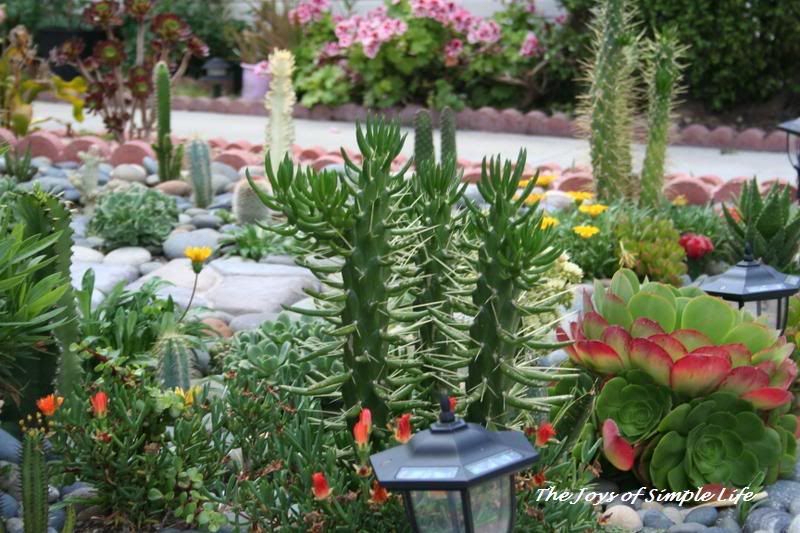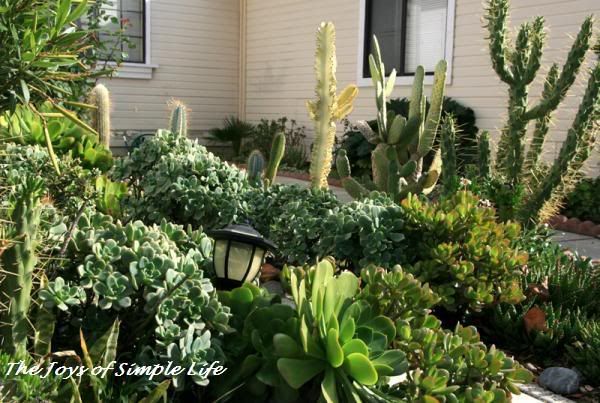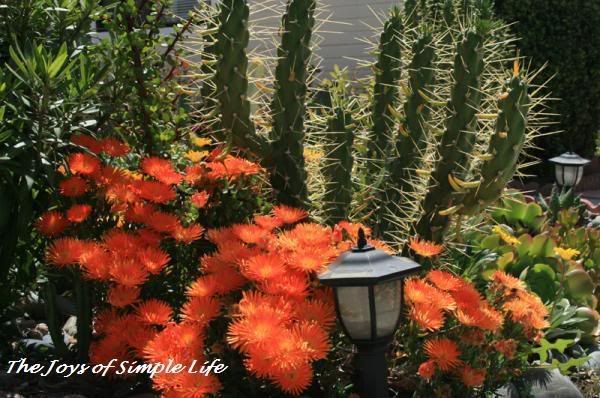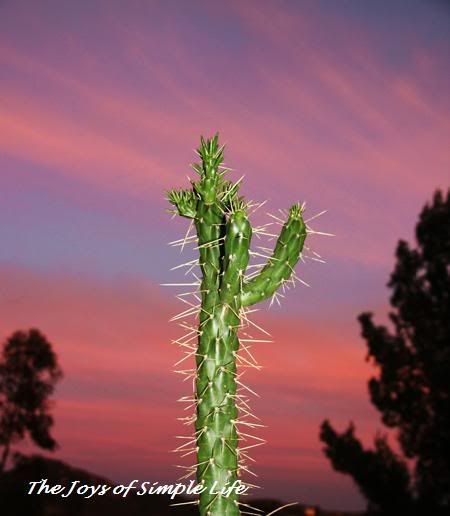Car Amidst The Sea of Rocks, Alabama Hills, California
You may ask, how did that car get in there? Are they crazy driving through rocks? Well, that's our trusted "backcountry" car and the picture above was taken from a distance looking East. In the picture below, looking West, you will see the narrow dirt road on the left side of the picture and there is a wide dirt pull out for visitors to park.
Alabama Hills, California
For us who loves to experience our beautiful world not only from the main roads, driving along narrow dirt roads is worth it! Most of the time, we don't simply have to drive, we also have to hike to see more of the natural wonders that Earth offers.
A John Wayne Pose @ Mobius Arch framing Mt Whitney, Alabama Hills, California
Since we love exploring our beautiful world at the backroads, we do not complain about driving on narrow and sometimes rough dirt roads. From the soft soil and sand on the desert,
Monument Valley, Utah
to the winding and snowy roads on the mountains,
we are ready to explore. Our trusted Honda Pilot is more than ready to bring us to places where we would want to be. On city streets where we drive on main roads only, we use a smaller car for gas efficiency. But on road trips where we have to drive through narrow dirt mountain or desert roads, we rely more on the Pilot. There are just instances that we need a high clearance and 4-wheel drive car, where smaller cars could no longer traverse or would no longer be as safe or as comfortable.
When we were looking for a high clearance car to purchase before, we first carefully read and researched car reviews. Thankfully, researching for different car specifications and finding comprehensive reviews is now easier to find online, such as the one we can find at TheCarConnection.com. After taking into considerations the car reviews, we limited our choices to 4: these were the Honda Pilot, Nissan Xterra, Toyota 4Runner and Toyota Highlander. After test driving our 4 choices, we chose the one that felt most comfortable for us despite driving through bumpy roads and at the same time has better gas efficiency knowing that big cars burn more gas. The Honda Pilot has driven us to many of our wilderness trips and we are very happy with the choice we made. I am glad for the online reviews we found that helped and guided us in making choices.
Now, a friend of mine is in the look-out for a car. Being new to this country, she is somewhat lost with the so many choices she can find and as to what type of car she wanted. I asked her to determine her driving needs first. If she plans to drive only in the city, then, she can look at different sedans. Being new to this country, my friend is very curious with American cars and other cars that are not very common in our country. She first mentioned about Chevy Camaro. However, we learned that though the exterior really looks sporty and impressive, but the interior has more retro looks than exterior and some may be put off by the unique center controls. Next, she asked about Dodge Caliber, so we researched on its features. We have learned from the review of TheCarConnectionReview.com that despite the aggressive appearance of a dodge caliber, it is docile on the road, that the 2.0 and 2.4-liter engines are underpowered and noisy and the over-all handling performance is disappointing. After dodge caliber, we both looked into subraru outback, she was pleased to know from the reviews that the subaru outback is a good looking car inside and out. Now, she still continues to learn more about other cars, despite she is seriously considering a Honda CR-V. I guess, like us before, even if we already have in mind what to buy, we still went through reading different car reviews to learn more about the pros and cons of different cars. For after-all, buying car is not to simply answer our whims, a car is one of our major purchases, and that we have to really carefully research the features and if the car will be able to serve well our needs.
Now, a friend of mine is in the look-out for a car. Being new to this country, she is somewhat lost with the so many choices she can find and as to what type of car she wanted. I asked her to determine her driving needs first. If she plans to drive only in the city, then, she can look at different sedans. Being new to this country, my friend is very curious with American cars and other cars that are not very common in our country. She first mentioned about Chevy Camaro. However, we learned that though the exterior really looks sporty and impressive, but the interior has more retro looks than exterior and some may be put off by the unique center controls. Next, she asked about Dodge Caliber, so we researched on its features. We have learned from the review of TheCarConnectionReview.com that despite the aggressive appearance of a dodge caliber, it is docile on the road, that the 2.0 and 2.4-liter engines are underpowered and noisy and the over-all handling performance is disappointing. After dodge caliber, we both looked into subraru outback, she was pleased to know from the reviews that the subaru outback is a good looking car inside and out. Now, she still continues to learn more about other cars, despite she is seriously considering a Honda CR-V. I guess, like us before, even if we already have in mind what to buy, we still went through reading different car reviews to learn more about the pros and cons of different cars. For after-all, buying car is not to simply answer our whims, a car is one of our major purchases, and that we have to really carefully research the features and if the car will be able to serve well our needs.




































